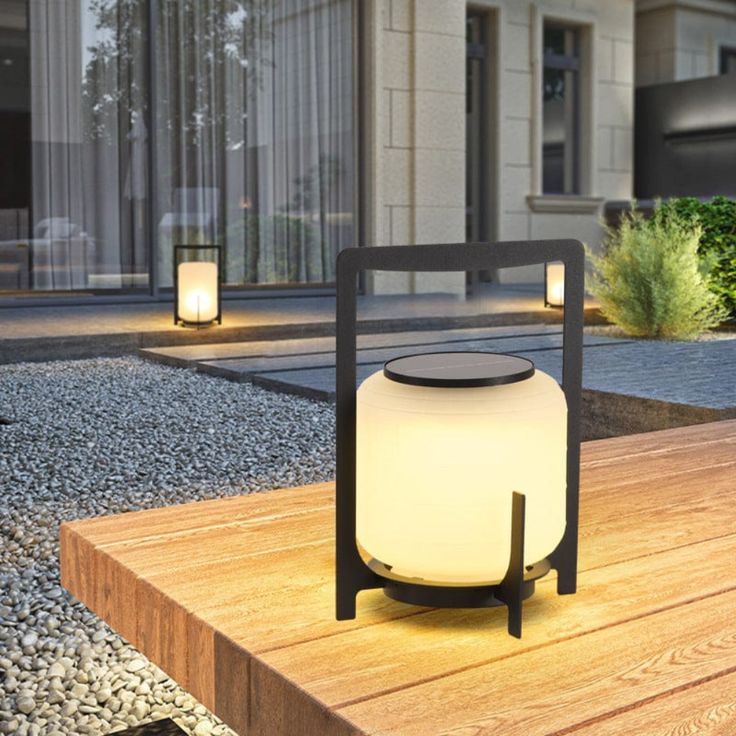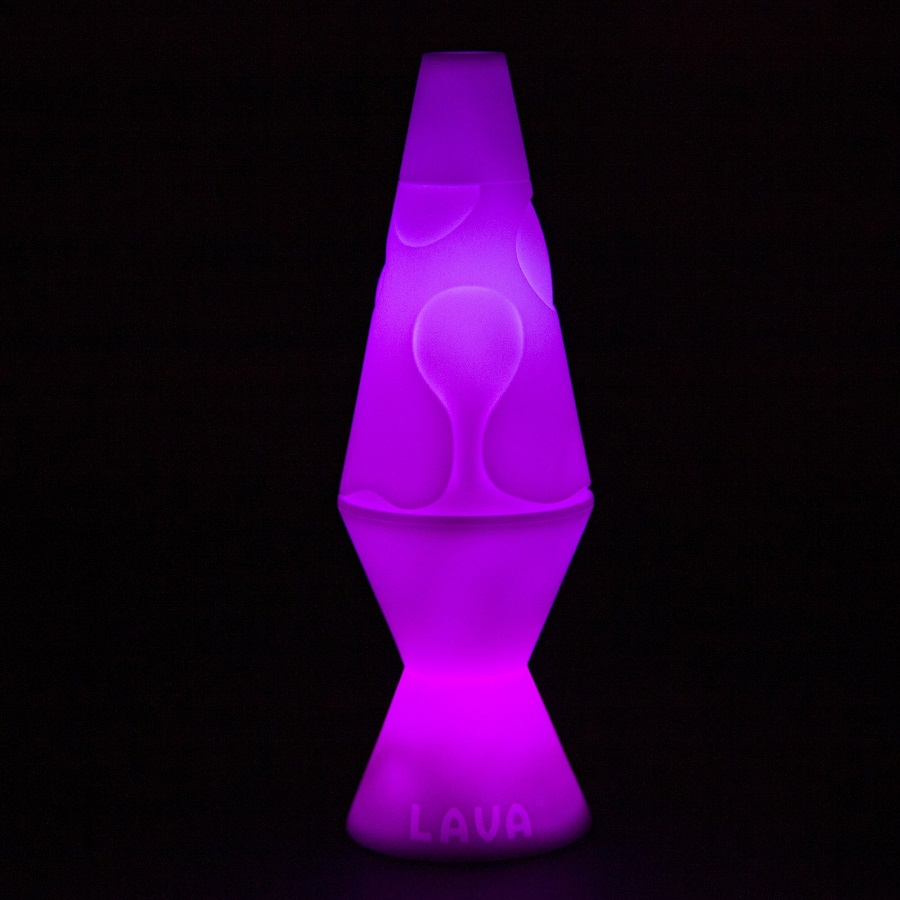 Introduction:
Introduction:
Installing a chandelier can instantly elevate the style and ambiance of any space. Whether you are replacing an existing fixture or installing a brand new one, it is crucial to follow the proper process to ensure a safe and successful installation. In this comprehensive guide, we will walk you through the step-by-step process of installing a chandelier. By following these simple instructions, you can confidently install your chandelier and enjoy the stunning impact it brings to your home.
Here are some common types of chandeliers:
Chandeliers come in various types and styles, each offering a unique aesthetic and lighting effect. Here are some common types of chandeliers:
Traditional Chandelier:
Traditional chandeliers feature classic, ornate designs with multiple arms or branches. They often incorporate crystal or glass elements and are associated with formal and elegant spaces. Traditional chandeliers can vary in size and may have candle-style or electric-style lights.
Crystal Chandelier:
Crystal chandeliers are characterized by their use of crystal or glass prisms, beads, or droplets that refract light and create a sparkling effect. These chandeliers can range from small and delicate to grand and opulent, making them a statement piece in any space.
Modern or Contemporary Chandelier:
Modern and contemporary chandeliers have sleek, minimalist designs, often featuring clean lines and geometric shapes. These chandeliers incorporate a variety of materials, such as metal, glass, or fabric, and can be visually striking without being overly ornate.
Rustic or Farmhouse Chandelier:
Rustic or farmhouse chandeliers often have a more casual and rustic appearance, with materials like wood, wrought iron, or distressed metals. They typically feature simpler designs and warm, earthy tones, adding a cozy and rustic touch to the space.
Transitional Chandelier:
Transitional chandeliers combine elements of traditional and contemporary designs, bridging the gap between both styles. They often feature a blend of classic and modern materials, resulting in a timeless and versatile aesthetic that can work well in various home decor settings.
Drum or Drum Shade Chandelier:
Drum chandeliers feature a drum-shaped shade surrounding the light source. The shade can be made of various materials, such as fabric, metal, or glass, and can diffuse the light for a softer and more diffused lighting effect. This style is popular in modern and transitional interior designs.
Mini or Pendant Chandelier:
Mini chandeliers, also known as pendant chandeliers, are smaller in size and suitable for spaces with lower ceilings or limited space. They have a single light source or a small cluster of lights and come in various styles, from traditional to modern, allowing for versatility in different types of spaces.
These are just a few examples of chandelier types, and there are many other variations and unique designs available in the market. When selecting a chandelier, consider the style of your space, the desired lighting effect, and the overall aesthetic you wish to achieve.
 Preparing for Installation
Preparing for Installation
Safety First:
Before beginning any electrical work, ensure that the power to the circuit is turned off at the breaker box to prevent electrocution.
Use a voltage tester to confirm that the power is off.
Gather Tools and Supplies:
Gather the necessary tools and supplies for the installation, including a ladder, wire cutter/stripper, pliers, electrical tape, and a screwdriver.
Ensure you have all the required parts and accessories that came with your chandelier.
Removing the Existing Fixture
Turn Off Power:
Turn off the power to the existing fixture at the breaker box.
Remove the Old Fixture:
Carefully remove the screws or mounting hardware that secure the existing fixture to the ceiling.
Gently disconnect the wiring connections and set aside the old fixture.
Preparing the Wiring
Examine the Wiring:
Inspect and assess the existing wiring to ensure it is in good condition. If any wires are damaged, they should be repaired or replaced before proceeding.
Remove Insulation:
Strip about 1/2 inch (1.3 cm) of insulation from the ends of the black (hot), white (neutral), and green or bare (ground) wires.
Mounting the Chandelier
Install the Mounting Bracket:
Attach the provided mounting bracket to the electrical box in the ceiling using the provided screws.
Ensure the bracket is securely fastened and level.
Connect Wires:
Connect the chandelier wires to the corresponding wires in the electrical box.
Twist together the black wires, the white wires, and the green or bare wires, securing them with wire nuts.
Tuck Wires:
Carefully tuck the connected wires into the electrical box.
Make sure the wires do not touch the chandelier canopy or any moving parts.
Secure the Chandelier:
Lift the chandelier and align the mounting bracket with the chandelier’s mounting plate.
Secure the chandelier to the bracket using the provided screws or hardware.
 Finishing touches
Finishing touches
Install Bulbs:
Install the appropriate light bulbs into the chandelier sockets following the manufacturer’s guidelines.
Make sure to choose bulbs of the correct wattage and type recommended for your chandelier.
Attach Shades or Decorative Accents:
If your chandelier requires shades or decorative accents, carefully attach them according to the manufacturer’s instructions.
Ensure they are securely in place.
Testing and Final Steps
Restore Power:
Turn the power back on at the breaker box.
Test the Chandelier:
Flip the light switch or use the dimmer switch to test the chandelier’s functionality.
Ensure the chandelier is properly lit and adjust any dimmer settings if applicable.
Adjust Height and Level:
If necessary, adjust the height of the chandelier by shortening or lengthening the chain or rod.
Use a level to ensure the chandelier is hanging straight and adjust as needed.
 Here are some steps to clean a chandelier:
Here are some steps to clean a chandelier:
Cleaning a chandelier requires care and attention to detail to ensure the safety of both the fixture and the person cleaning it. Here are some steps to clean a chandelier:
Turn Off the Power:
Before cleaning, ensure that the power supply to the chandelier is turned off to prevent any electrical accidents. You can either turn off the switch or shut off the circuit breaker connected to the chandelier.
Prepare Cleaning Solution:
Mix a mild cleaning solution by combining warm water with a gentle dish soap or glass cleaner. Avoid using abrasive or harsh chemicals that can damage the finish of the chandelier.
Protect the Area:
Before starting the cleaning process, place a cloth or towel beneath the chandelier to catch any drips or falling debris. This will help protect the surrounding area from potential damage.
Clean Glass or Crystal Elements:
If your chandelier has glass or crystal components, clean them one by one using a soft microfiber cloth or a gentle brush dipped in the cleaning solution. Gently wipe or brush the surfaces to remove dust, fingerprints, or dirt. Take extra care when handling delicate crystal pieces.
Clean Metal or Fixture Body:
Use a soft cloth or a soft-bristle brush dipped in the cleaning solution to wipe down the metal or fixture body of the chandelier. Pay attention to any intricate details or crevices where dust may accumulate. Be gentle to avoid damaging the finish or any fragile parts.
Dry and Polish:
Once the cleaning is complete, use a dry, lint-free cloth to gently dry and polish the chandelier. This will help remove any remaining moisture or streaks and restore its shine.
Reconnect Power and Test:
After ensuring that the chandelier is completely dry, turn the power supply back on and test the functionality of the lights to ensure everything is working correctly.
It’s important to note that for larger or more intricate chandeliers, it may be safer and more efficient to hire a professional chandelier cleaning service. They have the necessary tools and experience to ensure a thorough cleaning while minimizing the risk of damage to the fixture.
 Conclusion:
Conclusion:
Installing a chandelier can transform a room and add a touch of elegance and beauty. By following the step-by-step instructions outlined in this comprehensive guide, you can successfully install your chandelier and create a stunning focal point in your space. Remember to prioritize safety, gather the necessary tools and supplies, and carefully follow the manufacturer’s instructions. With a little patience and attention to detail, you can enjoy the beauty of your newly installed chandelier and bask in its enchanting glow.


